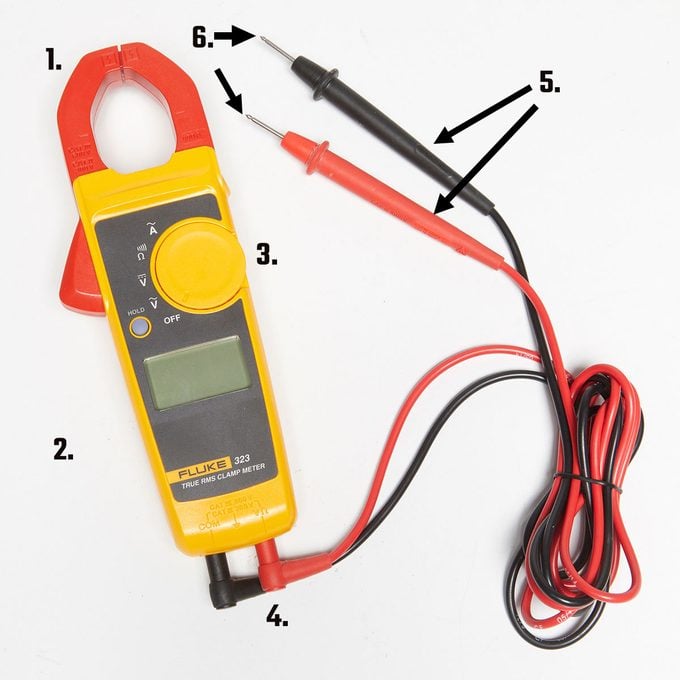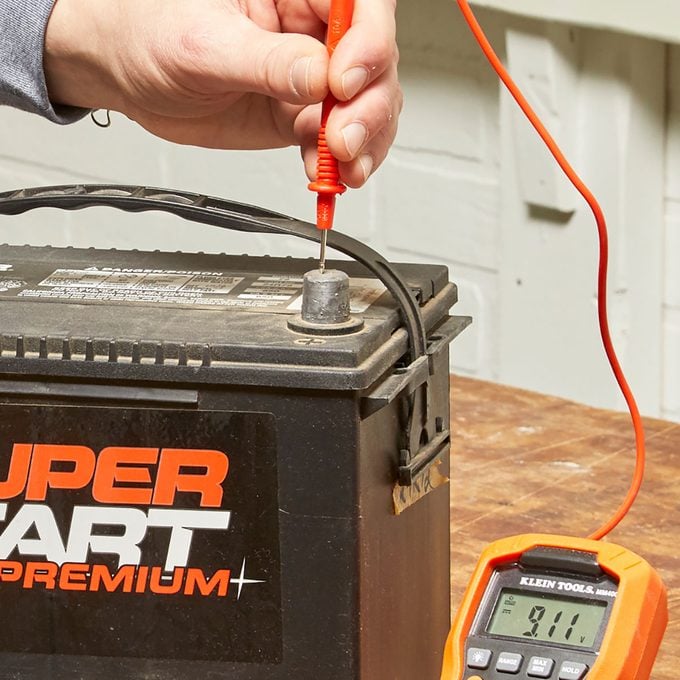Toolipedia: Everything you wanted to know about multimeters
Toolipedia: Multimeters


What is a multimeter?
A multimeter, also known as a volt-ohm-milliammeter (or VOM), is a device that measures voltage, current (amps), resistance, and continuity. Multimeters are used by electricians, auto mechanics, HVAC professionals and other technicians whose job it is to troubleshoot electrical and electronic equipment. The multimeter was invented by a British post office engineer named Donald Macadie who was tired of carrying around several instruments to troubleshoot telecommunication circuits. These are the common parts of a multi-meter:
- Clamp
- Display
- Dial
- Test lead jacks/ports
- Test leads
- Probes
How is a multimeter used?
The black test lead always stays in the COM Port. The red test lead will get moved from one jack to another depending on they type of meter you have and what you are testing: voltage, current (amps), resistance, or continuity. The dial is set to the type of current you are testing for (A/C or DC) and the range of the volts or amps you will be working with. Electricity is inherently dangerous, so always refer to the manual for instructions/warnings for your specific multimeter.
What are the different types of multimeters?
In addition to digital multimeters, there are analog multimeters that have a physical scale and a needle/pointer. Only a small number of analog multimeters are still being made compared to digital meters. Clamping multimeters are distinguishable by the clamp on the top that resembles a pincer. The other differences will mainly be found in the range of voltage and amps that can be measured and accuracy. A low-end multimeter can be bought for $10, while a super-accurate laboratory version will cost thousands. The bells and whistle also vary from one multimeter to another. Some meters are combined with infrared imaging cameras.
What makes a good multimeter?
- Durable
- Easy-to-read display and labels
- Large buttons and dials that can be operated while wearing gloves
- Compact
- Backlit screen
- Quality carrying case
- Clamp for easy current measurements
- Auto shut-off
- Hold button to record the highest and lowest readings
This company makes a high-quality multimeter

Multimeter tip
For the most accurate readings, hold the probe tip points (not the sides) tightly to a contact. Avoid touching the metal tips with your fingers. Your body could act as a circuit and influence a reading (and get you zapped!).




















